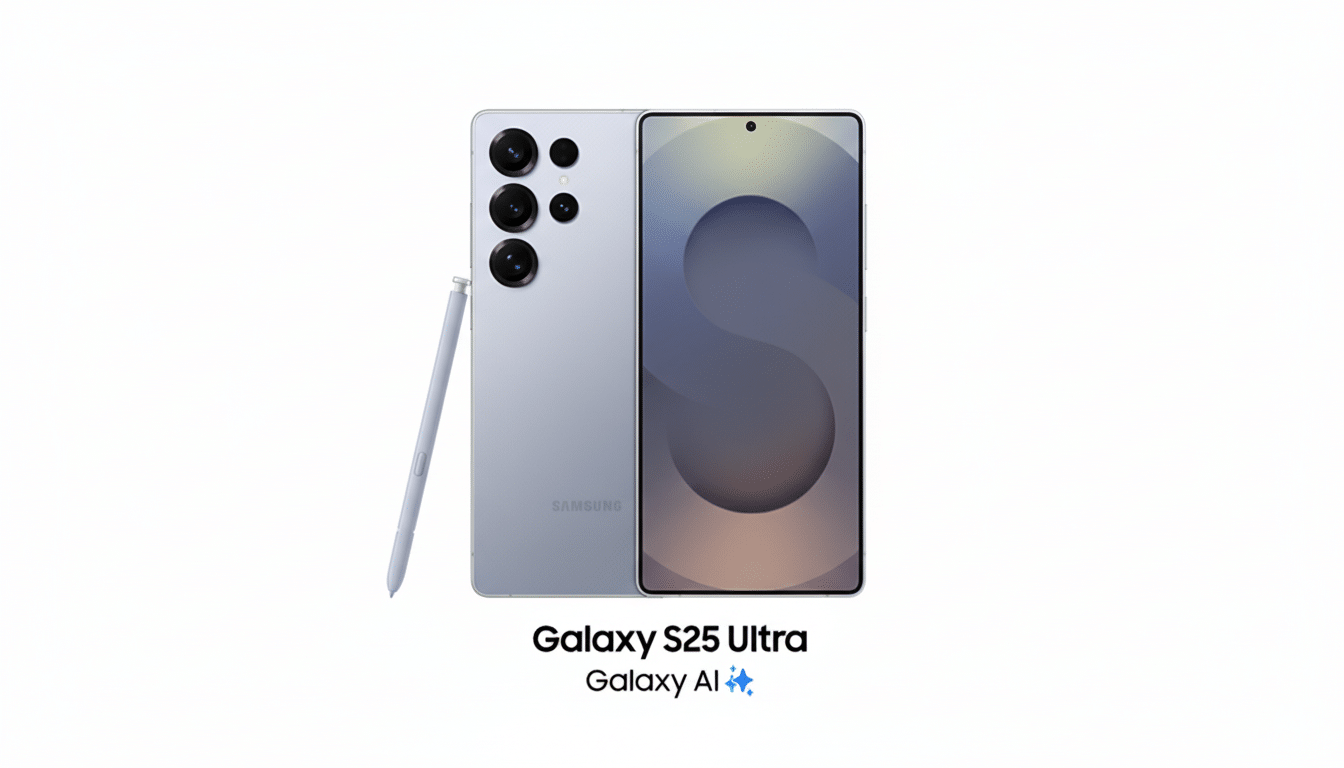Samsung’s next Ultra could value substance over symmetry. A proven industry leakster, Ice Universe, said the Galaxy S26 Ultra is going to rock the largest punch-hole on a Galaxy flagship yet – 4 mm for its front cam. The change isn’t for show — it’s to reportedly make room for a wider field of view for the selfie camera, which in turn should mean that you can get more in with as little stretching out of your arm or reduction in picture quality.
Why A Larger Cutout Makes For Better Selfies
The leak specifies the S26 Ultra front camera will trade an 80-degree field of view for around 85 degrees and maintain near-identical core specs to the existing generation (10 MP, 1/3.94-inch sensor, f/2.4).

And that seemingly modest change makes a difference: opening up from 80 degrees to 85, for example, is an increase of about 9 percent in the angular area of a scene captured by such webcams — which may be all that separates a video call with room for one or two more heads and fitting everyone into that group selfie.
Optically, pressing a lens to “see more” needs there to be a larger effective aperture at the cover glass. A small punch-hole can cut off extreme-angle rays, resulting in edge softness, vignetting, and flares. Increasing the cutout to 4 mm frees lens designers up to minimize shading and distortion throughout the frame, which becomes increasingly important given today’s display stacks that have grown in thickness. It’s a useful evolution that gets the most from the selfie camera without resorting to an inferior under-display solution.
The Real Estate You Give Up On Screen Is Minuscule
However, 4 mm sounds quite large on paper, and it will be visible more than the 3–3.5 mm cutouts you’ve seen in recent flagships. But in reality, the change is insignificant. When going from a 3.5 mm to a 4 mm circle, the cutout area increases by approximately 31 percent, but the difference is really tiny; around just 3 mm². That is about 0.03 percent of the screen, on a ~6.8-inch-long display. For the majority of users, the payoff — wider and cleaner selfies and better video framing — will be worth the barely perceptible intrusion.
Real-World Benefits For Video And Face Unlock
A bigger field of view is useful beyond Instagram’s house style. Video conferencing apps can crop more conservatively, meaning software stabilization doesn’t squeeze in your head; vloggers have more space to breathe for 4K selfie footage now, and it’s easier to get a subject framed at arm’s length. A longer optical path also can increase edge sharpness for face detection, potentially leading to more consistent biometric unlock in different lighting.

These are the sorts of details that really matter in real-world use. It’s not a race for megapixels even though it is the same 108 MP sensor; rather, optimizing the lens-sensor-display pipeline is what matters to avoid those compromises that fall at the edge of the frame — a known weak spot in tight punch-holes and ultra-wide selfie lenses.
Context From The Rest Of The Camera Stack
Ice Universe adds, too, that the wider Galaxy S26 family could unify around the 3x telephoto — using a 10 MP ISOCELL shooter with a 1/3.94-inch sensor and shooting through f/2.4 optics if reports are accurate — and that the Ultra’s main camera will move from being equivalent to a 23 mm to a 24 mm focal length. The 5x module is said to increase from roughly 115 mm to around 120 mm. If true, those refinements would imply that Samsung is tweaking the focal lengths and coverage of its lenses rather than reworking the entire camera system.
But the front camera story here is the most revealing. Plenty of companies have aimed for smaller these days, from punch-hole cutouts to under-display camera tech, but all such systems fall behind in clarity, color consistency, and low-light performance. So what we’re seeing here is, seemingly, Samsung choosing camera functionality over cosmetic minimalism by making the hole a little bigger for more (and cleaner) view.
How This Design Choice Fits Current Industry Trends
Analyst firms have said for some time now that we’ve been moving more and more toward thinner bezels and aggressive screen-to-body ratios, but the best camera-underpinned phones are still making room where the optics need it. Teardowns and panel supplier info over the cycles show punch-holes typically fall somewhere between around 3 mm and about 4 mm, depending on the lens design and FOV. Although a 4 mm cutout is bold, it is still industry standard if a manufacturer prioritizes picture quality.
Bottom Line: A Slightly Larger Hole for Better Shots
If the leak pans out, then the S26 Ultra’s larger selfie cutout is not a design regression but rather an engineering decision that was made with purpose. The payoff: cleaner group shots, more flattering framing for creators, and a new degree of consistency for face-based features, all while giving up only a sliver of display real estate. For a gadget that thrives or dies based on its cameras, it’s a trade-off most users will be willing to make.

